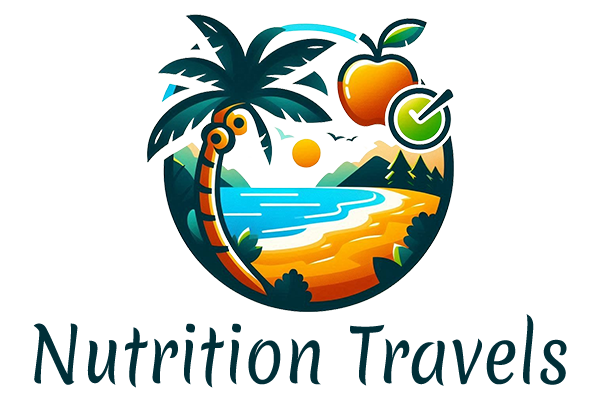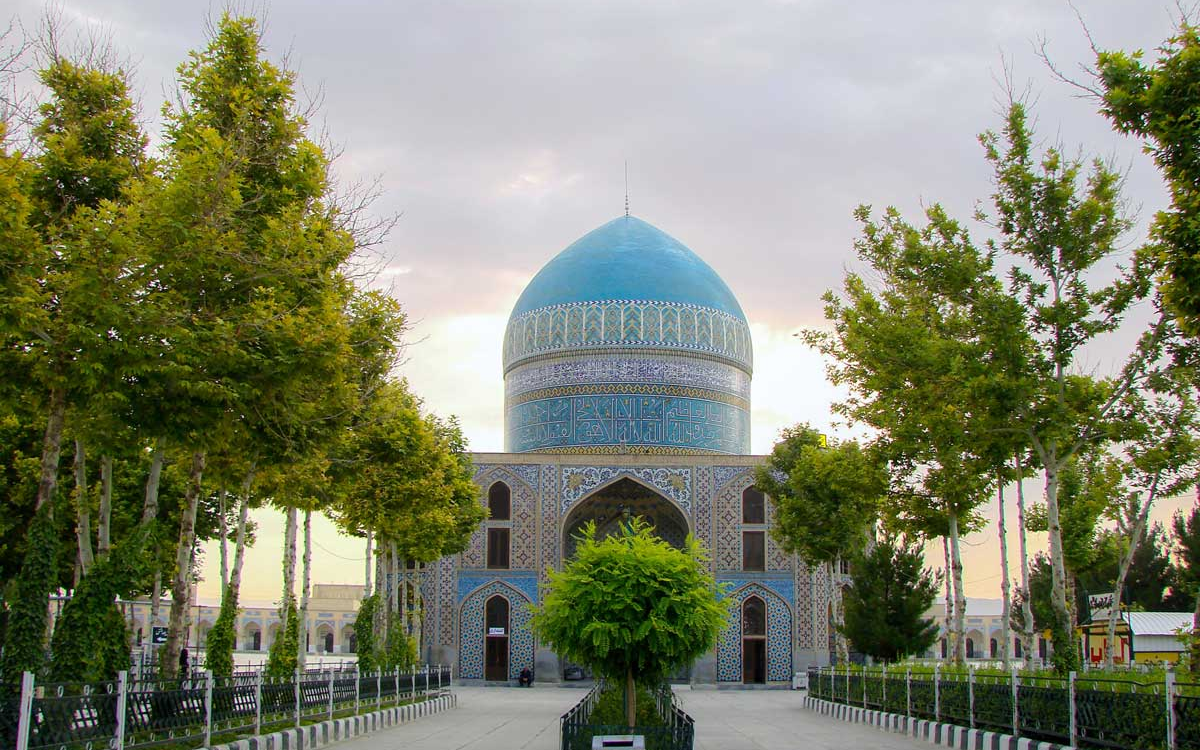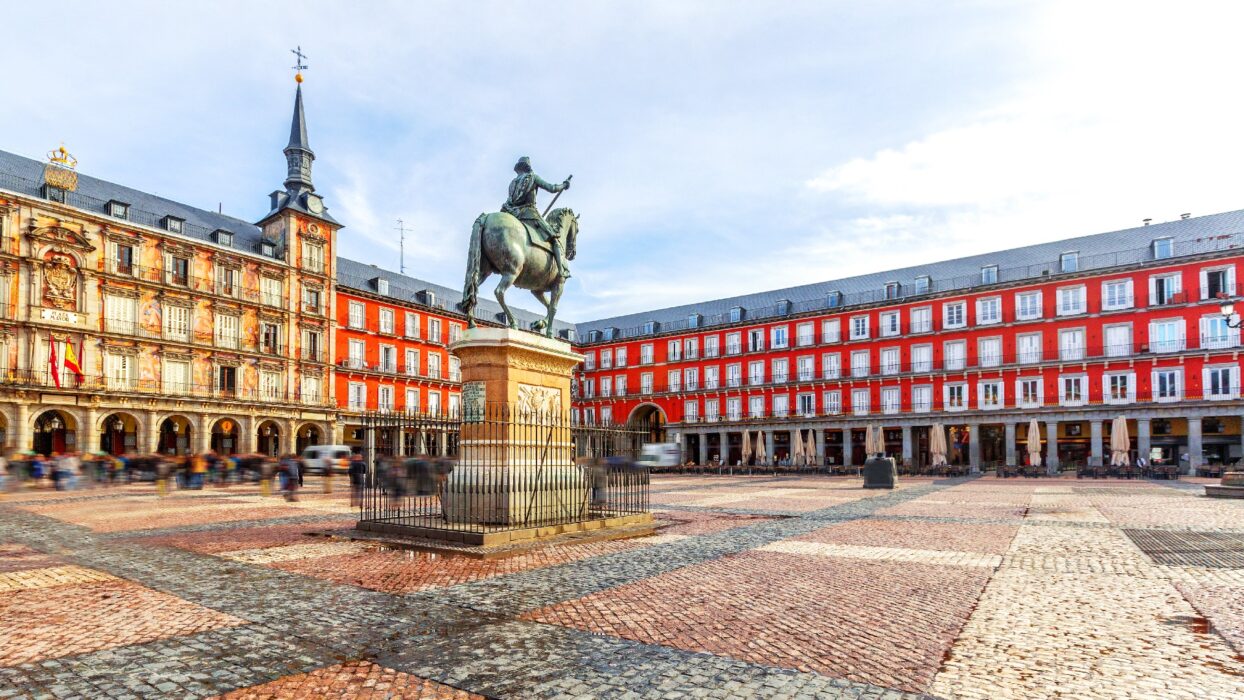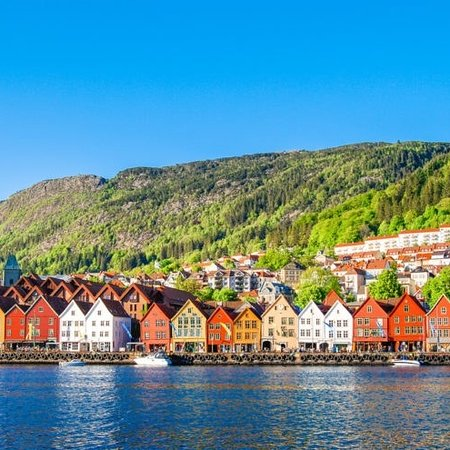Tehran, the capital and largest city of Iran, is far more than just a political or administrative center. It is a vibrant metropolis where ancient history meets modern development, where historic palaces stand beside glass skyscrapers, and traditional bazaars coexist with contemporary shopping malls. Nestled at the foot of the towering Alborz Mountains, Tehran offers both cultural richness and natural diversity. If you are looking for a destination that takes you on a journey through the past and the present, Tehran is the perfect choice.
A Historical Glimpse of Tehran
Although Tehran has not always been the capital, it became a central hub in the late 18th century when the Qajar dynasty declared it the capital of Persia. Since then, the city has grown into Iran’s political and cultural heart.
- Qajar Era: Marked by the construction of Golestan Palace and other historic landmarks that still stand today.
- Pahlavi Era: A time of significant expansion, with wide boulevards, new districts, and modern infrastructure.
- Contemporary Era: Today, Tehran is a bustling hub for business, education, culture, and politics, and home to millions of residents.
Tourist Attractions in Tehran
Golestan Palace
Golestan Palace is one of the oldest and most magnificent palaces in Iran, listed as a UNESCO World Heritage Site. Built during the Qajar dynasty as a royal residence, it remains a living testament to the splendor of that era. The complex features grand halls adorned with mirrors, chandeliers, and intricate Persian tilework, as well as rare paintings and exquisite ceramics. Several buildings and lush gardens make up the palace grounds, blending Persian tradition with European influences introduced by Qajar kings. A visit to Golestan Palace is not just a walk through history, but an immersion into centuries of Iranian artistry and culture.

Milad Tower
Standing tall as a symbol of Tehran’s modern identity, Milad Tower ranks among the tallest towers in the world at approximately 435 meters high. Its striking design and panoramic views attract visitors from across the globe, offering breathtaking perspectives of the city set against the Alborz Mountains. The tower houses a revolving restaurant that provides a unique dining experience, observation decks for unforgettable city views, as well as exhibition halls and conference centers. Combining leisure, culture, and business, Milad Tower embodies the aspirations of Tehran as a modern metropolis infused with traditional hospitality.

National Museum of Iran
The National Museum of Iran serves as a time capsule, guiding visitors through thousands of years of history. Its vast collection includes rare artifacts from prehistoric civilizations, the mighty Achaemenid and Sassanid empires, and the flourishing Islamic periods. Stone statues, ancient inscriptions, coins, manuscripts, and pottery fill the halls, narrating the story of Iran’s enduring heritage. Designed in a style inspired by Sassanid architecture, the museum itself adds to the cultural experience. For history enthusiasts, the National Museum is more than just a gallery—it is a living archive of Iran’s past and a key to understanding its civilization.

The Grand Bazaar
The Grand Bazaar of Tehran is not merely a marketplace but the beating heart of the city’s daily life and traditions. Its labyrinth of covered alleys and vaulted passages stretches across vast areas, sheltering merchants and shoppers from heat in summer and cold in winter. Here you can find everything imaginable—from luxurious Persian carpets to aromatic spices, glittering gold, textiles, and handicrafts. Beyond commerce, the bazaar is a social and cultural hub, with teahouses and eateries offering authentic Iranian cuisine. A visit to the Grand Bazaar is not just a shopping trip but an immersion into the sounds, colors, and aromas of Iranian culture.

Sa’dabad Palace Complex
The Sa’dabad Palace Complex is one of Tehran’s grandest royal estates, consisting of more than 18 palaces built in the late Qajar period and expanded under the Pahlavi dynasty. Nestled against the Alborz foothills, the complex is surrounded by sprawling gardens that create an atmosphere of tranquility and natural beauty. Today, the site serves as a museum complex, displaying royal garments, artworks, personal belongings, and diplomatic gifts from the Pahlavi family. Each palace within the grounds has a unique style, blending Persian architectural traditions with European influences. A trip to Sa’dabad offers visitors a rare glimpse into the lifestyle of Iran’s modern royalty and its fascinating historical chapters.

Tochal Mountain
Tochal Mountain is Tehran’s natural retreat, rising high within the Alborz range and providing the city with stunning views. It is a favorite destination for adventure seekers, offering hiking trails and climbing routes in summer and ski slopes in winter. The mountain is also home to one of the world’s longest cable cars, transporting visitors from the busy city up to snow-covered peaks with panoramic vistas. Along the way, cafés and rest stops provide perfect spots to relax and enjoy the scenery, especially at sunset. A visit to Tochal blends adventure, tranquility, and nature—right at the edge of Iran’s bustling capital.

Culture and Arts in Tehran
Tehran is also the cultural capital of Iran, offering a vibrant artistic and intellectual scene:
- Theaters and Cinemas: Hosting both local productions and international films.
- Art Galleries: Such as the Museum of Contemporary Art, which features works by renowned Iranian and global artists.
- Music and Literature: The city regularly organizes concerts, book fairs, and cultural festivals that draw enthusiasts from across the region.
Persian Cuisine in Tehran
No visit to Tehran is complete without savoring its diverse and flavorful Persian cuisine. Some of the must-try dishes include:
-
- Chelow Kebab: The national dish, consisting of saffron rice served with juicy skewers of grilled meat.
- Ghormeh Sabzi: A fragrant herb stew with meat and beans, beloved across Iran.
- Shirazi Salad: A refreshing mix of cucumbers, tomatoes, and onions.
- Iranian Tea: Served with nuts or traditional sweets like baklava.
In addition to traditional eateries, Tehran is home to trendy cafés and modern restaurants that combine Persian recipes with international flavors.
Nature in and around Tehran
Tehran is full of green spaces and natural escapes
Despite being a bustling metropolis, Tehran offers plenty of green havens where people can unwind and reconnect with nature. Laleh Park, located in the heart of the city, is a vibrant gathering place where families stroll, children play, and artists showcase their work in an open and relaxed environment. Mellat Park, one of the largest and most popular, stretches across a vast area with a scenic lake, modern sports facilities, and peaceful walking trails that attract joggers and nature lovers alike. Beyond the city, the Alborz Mountains rise dramatically, offering skiing adventures during the snowy winter months and refreshing hiking trails in the summer heat. These natural escapes are not just recreational spots but also vital spaces that bring balance and serenity to life in Iran’s fast-paced capital.

Shopping in Tehran
Shopping in Tehran reflects the city’s balance between tradition and modernity:
- Traditional Bazaars: Such as the Grand Bazaar, which is like a city within a city.
- Modern Malls: Including Iran Mall and Tirajeh Center, where international brands meet entertainment facilities.
- Handicrafts: Persian carpets, pottery, enamelware, and jewelry are among the most sought-after souvenirs.
Modern Lifestyle in Tehran
While deeply rooted in history, Tehran is a modern, youthful, and dynamic city:
- Trendy Cafés: Coffee culture is booming, with cafés serving as popular meeting spots for students and professionals.
- Youth Events: From music festivals to art exhibitions and sports activities.
- Public Transport: A vast metro system and ride-hailing apps make navigating the city easy and efficient.
Travel Tips for Visitors to Tehran
- Best Time to Visit: Spring (March–May) and autumn (September–November) when the weather is mild.
- Language: Persian (Farsi) is the official language, but many young Iranians understand some English.
- Dress Code: Modest clothing is required; women should wear headscarves in public.
- Transportation: The metro is the fastest and most affordable way to avoid heavy traffic.
- Currency: The Iranian Rial; it’s advisable to carry some cash.
Tehran: A City to Remember
What makes Tehran unique is its fascinating contrasts. It is not just another tourist city but a place where tradition and progress coexist in harmony. From ancient bazaars echoing with the spirit of the East to sleek towers symbolizing aspirations for the future, from snow-capped mountains to lively cafés, Tehran offers a complete experience that satisfies every traveler.
In short, Tehran is truly the beating heart of Iran—a city that introduces you to the nation’s glorious past, reveals its energetic present, and hints at its promising future. For those seeking a journey full of history, beauty, and authenticity, Tehran is a destination you will never forget.
If you enjoyed this article and would like to explore more topics on travel, tourism, health, and other inspiring subjects, visit our website NutritionTravels





